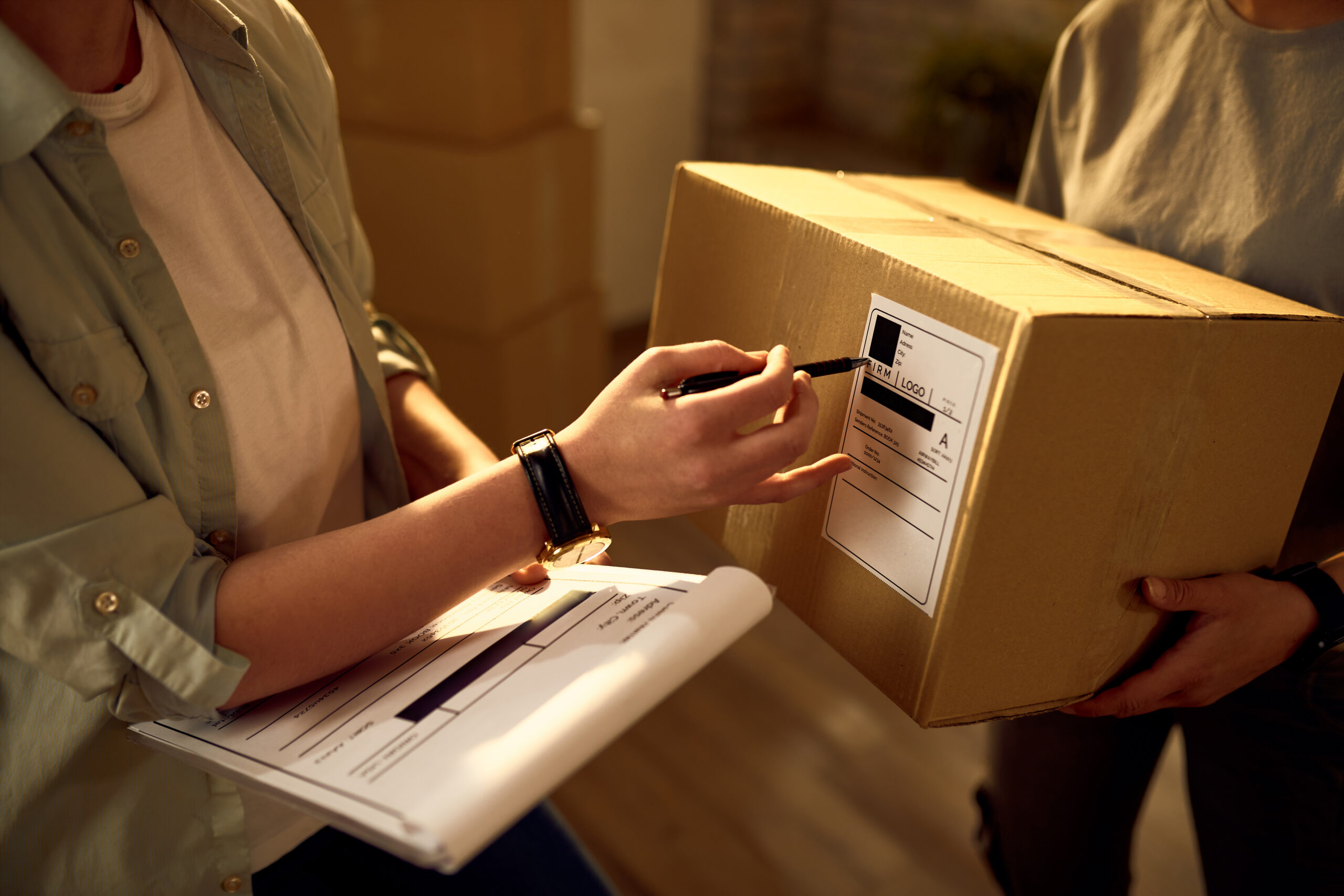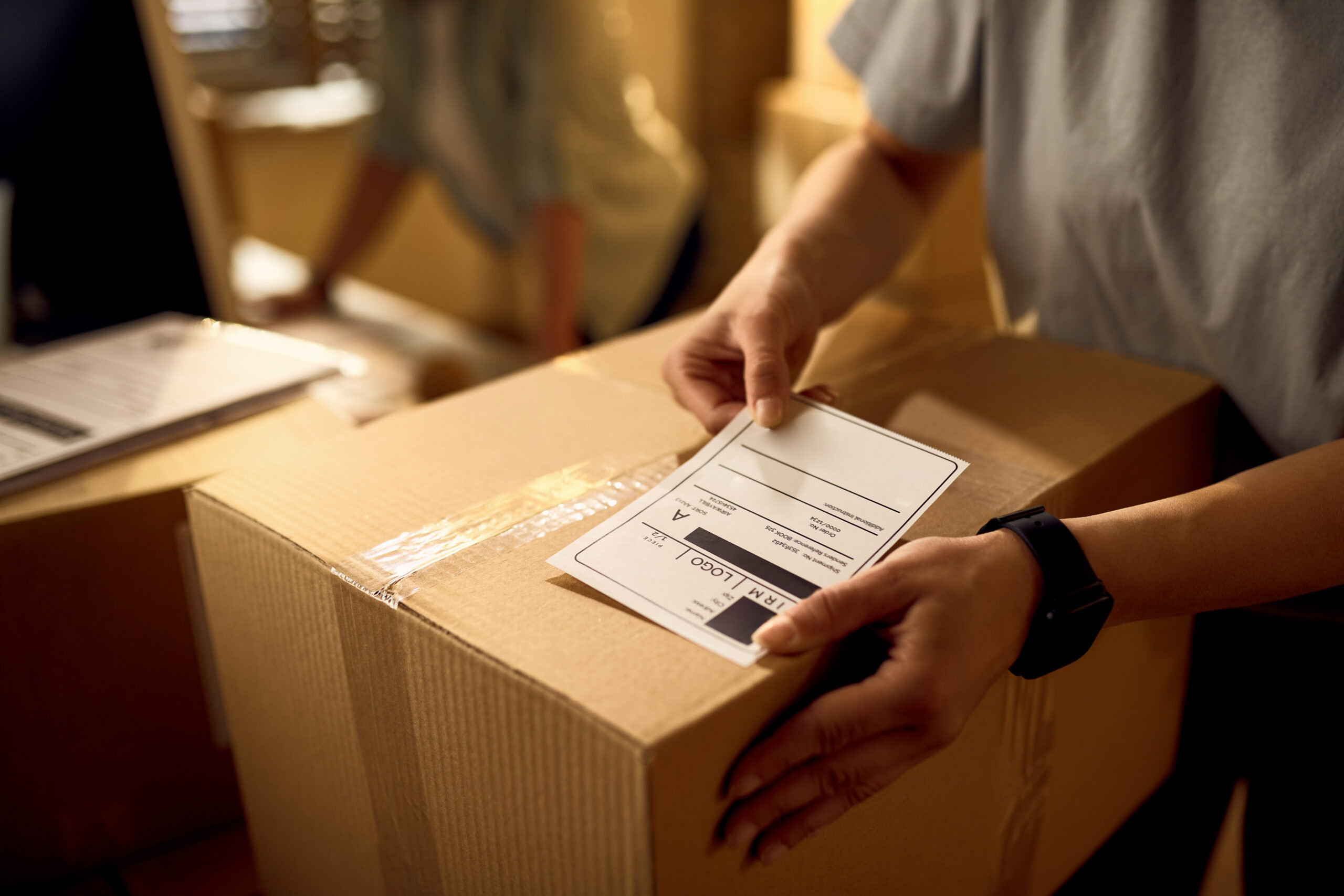Multiple studies have shown that consumers want to reduce their environmental impact and support eco-friendly businesses. Implementing changes to your company’s environmental practices can therefore attract new customers, improve your reputation, positively impact the environment and save you money. However, many e-commerce companies aiming to become more eco-friendly focus solely on the carbon footprint of their product without considering their sustainable shipping practices. Sustainable shipping strategies can set your company apart from the competition and tackle one of the most environmentally harmful parts of e-commerce businesses. Below we look at the growing benefits of green logistics, both for your business and for the planet, and we highlight 6 practical steps you can take to make your company’s logistics more sustainable.
The Rise of Green Logistics
The term ‘green logistics’ has gained prominence as businesses recognize the need to balance economic goals with environmental responsibility. Green logistics involves prioritizing practices that minimize the environmental impact of fulfillment, from packaging to transportation to delivery. In the context of e-commerce, where shipping is a critical component, embracing green logistics is key to creating a sustainable and responsible business model.
Strategies for Minimizing the Environmental Impact of Fulfillment
To help start your journey towards a green logistics model, here are 6 strategies that you can implement today:
- Make the Change to Sustainable Packaging
In the pursuit of green logistics, rethinking packaging is an excellent starting point. Excessive packaging is the most significant contributor to environmental pollution in the shipping industry: based on a Statista study, product packaging accounts for 45% of greenhouse gas emissions in the e-commerce industry. Adopting innovative packaging solutions that reduce waste is a way for e-commerce businesses to make a substantial impact. This is possible through using recyclable materials: Paper and cardboard are eco-friendly, easy to source and versatile and can be both easily recycled or reused by consumers after delivery.
Packing orders efficiently: By using appropriately sized containers for your product, you can reduce waste, save space in transport and convey professionalism.
Choosing eco-friendly fillers: Switch from non-renewable materials like Styrofoam or soft plastic to lightweight and environmentally friendly fillers such as biodegradable paper. - Carbon Offsetting and Renewable Energy
As part of their commitment to green logistics, e-commerce businesses can invest in carbon offsetting programs to neutralize the emissions produced during shipping. This involves funding projects that reduce or capture an equivalent amount of greenhouse gases elsewhere, such as reforestation initiatives or renewable energy projects. Consider partnering with carbon offset organisations such as Verra’s Verified Carbon Standard, The Gold Standard or Climate Action Reserve (CAR). It should be noted that avoiding carbon-emissions is the priority before offsetting emissions. However, when this isn’t possible, carbon offsetting offers a good alternative.
- Optimize Last-Mile Delivery
The last-mile delivery, the final leg of a product’s journey from the warehouse to the customer’s doorstep, is often the least efficient and most environmentally taxing part of the shipping process. In other words, it’s a crucial area for green logistics intervention. E-commerce companies can implement green practices by exploring alternative delivery methods like electric vehicles or bicycles or collaborating with local delivery partners to utilize shared delivery networks. Increasingly, cities and regions are implementing regulations and incentives to encourage eco-friendly last-mile delivery practices, making it a strategic move for e-commerce businesses to stay ahead of the curve and embrace green logistics.
- Collaborative Sustainability Initiatives
Collaborative sustainability initiatives involve working closely with suppliers, logistics partners, and even customers to create a more sustainable supply chain. For example, the practice of ‘crowdshipping’, partnering with other business to share shipping routes, can be key to efficient shipping. Collaborating with logistics partners that are committed to green logistics is another option.
- Reduce Returns
One of the most efficient ways to make your e-commerce fulfillment sustainable is to reduce the rate of returns. How to do this? Address one of the key reason products are returned: lack of accurate information about the product. Providing clear and accurate product information sets up realistic expectations for your customers, and can be achieved through detailed descriptions, images and specifications. Doing this will decrease both returns and customer dissatisfaction. While returns are an inherent part of e-commerce, each return leads to more packaging, more transportation and, ultimately, more energy consumption. Through green logistics, you can help combat this by considering recyclable return packaging.
- Choose Eco-Friendly Carriers
Integrate green logistics into your company with green delivery options at checkout. These options take into account the main mode of transportation, the length of delivery, total distance traveled and the consolidation of multiple orders. Many shipping carriers offer eco-conscious options, such as UPS’ carbon-neutral shipping. In 2023, customers are increasingly making purchasing decisions based on the eco-friendliness of a brand’s packaging, making it a crucial element of the overall shopping experience.
The Business Case for Green Logistics in E-commerce
While the ethical and environmental reasons for adopting green logistics are compelling, there is also a solid business case for it. Sustainable practices will both improve your company’s reputation and increase customer loyalty, two benefits that will offer long-term economic rewards for your e-commerce business. In a 2020 McKinsey US consumer sentiment survey, more than 60 percent of respondents said they would pay more for a product with sustainable packaging, while a recent study by NielsenIQ showed that a sustainable lifestyle is important to 78% of US consumers.
Green logistics is also about efficiency: reducing packaging waste, reducing returns and reducing inefficient transport routes. Focusing on these areas allows your business to operate more smoothly and productively. Moreover, as governments worldwide tighten regulations around environmental practices, businesses that proactively adopt green logistics are better positioned to navigate the evolving regulatory landscape.
Conclusion
E-commerce is already 17% more carbon efficient than traditional retail according to the sustainable investment firm Generation IM. But with more sustainable shipping practices, this gulf could increase even more. Employing green logistics is no longer optional for e-commerce businesses in 2023—they are imperative for long-term success. By implementing green logistics now, businesses can create a win-win situation that benefits both the planet and their bottom line.



